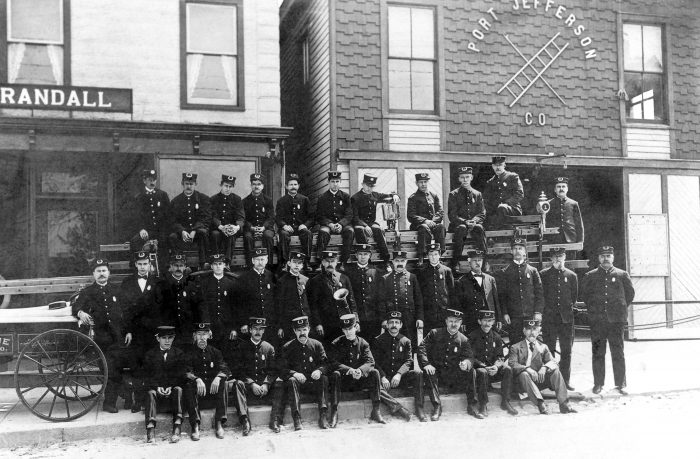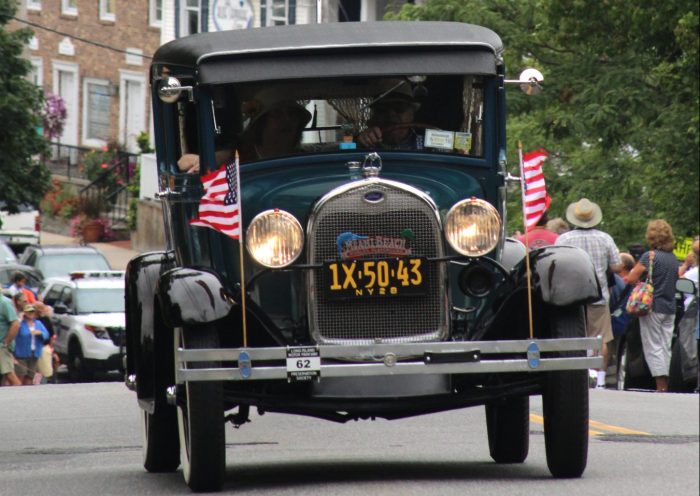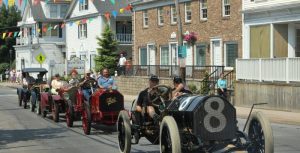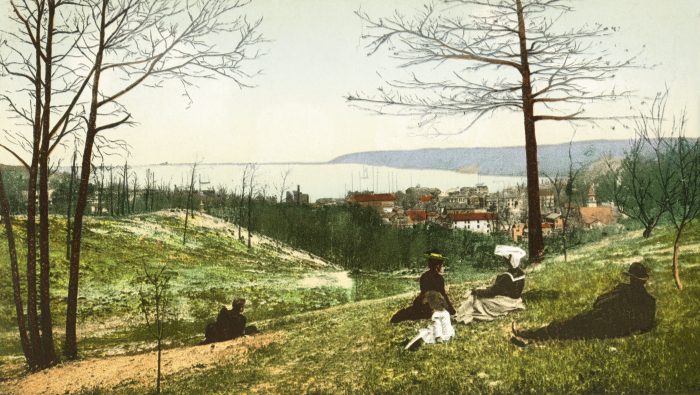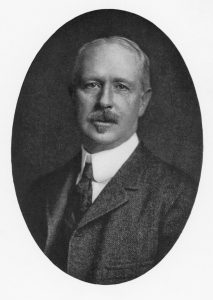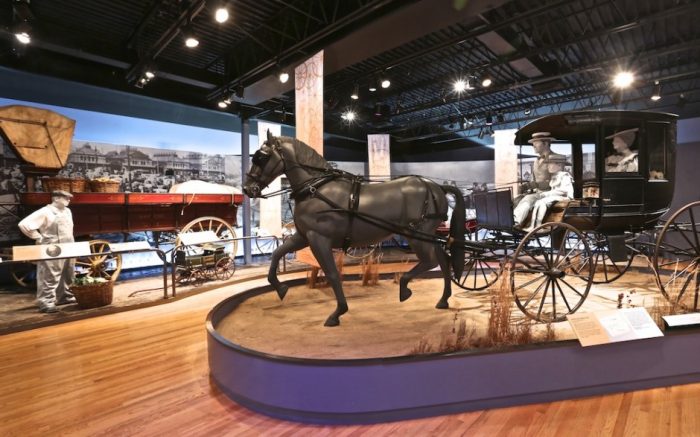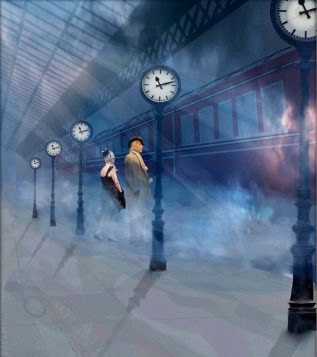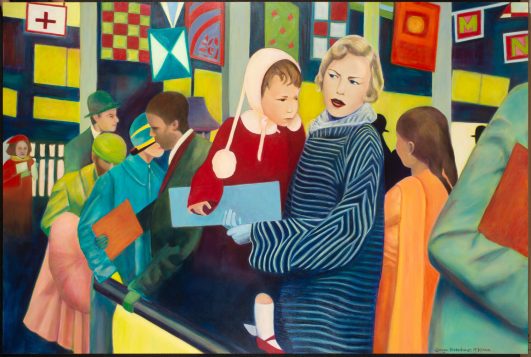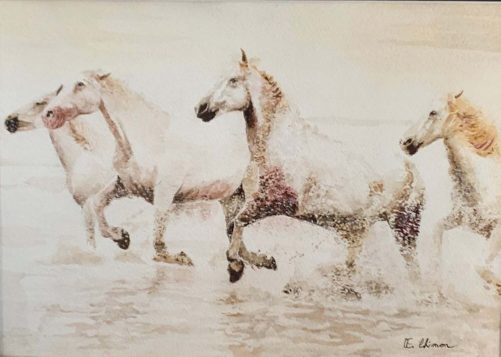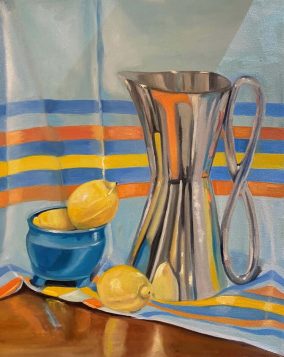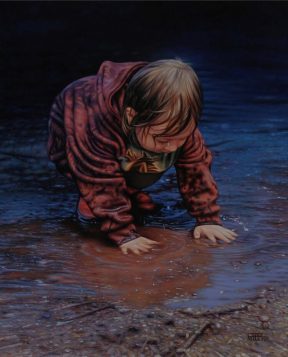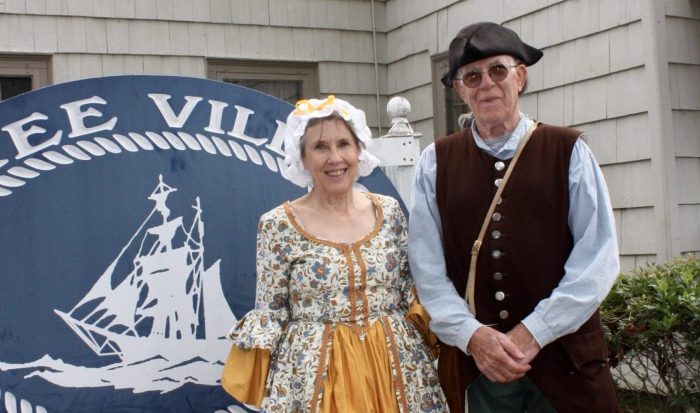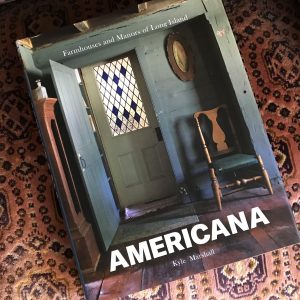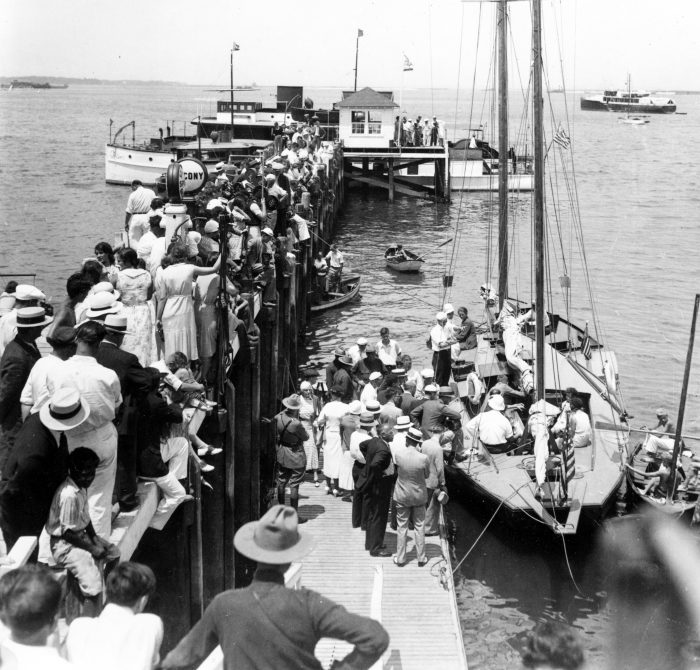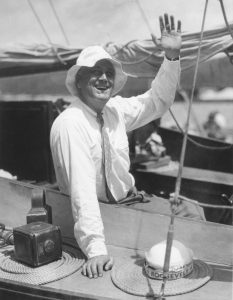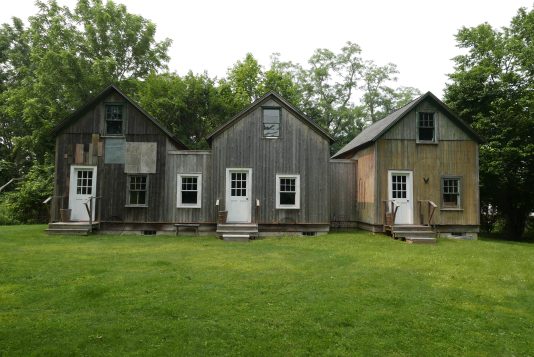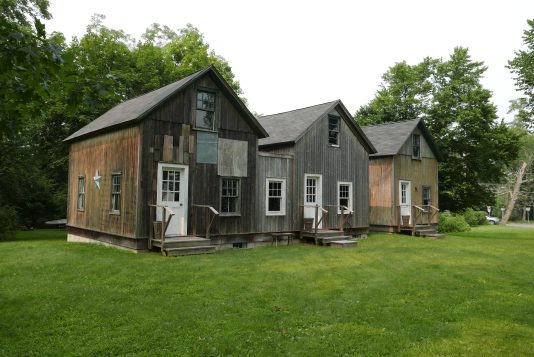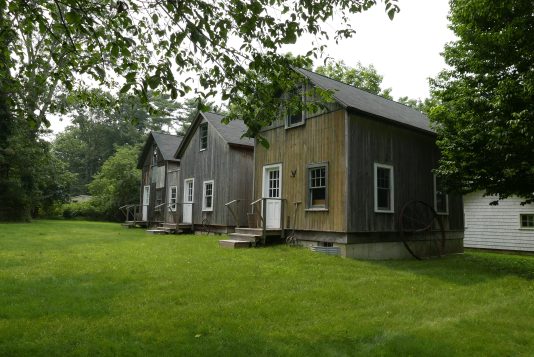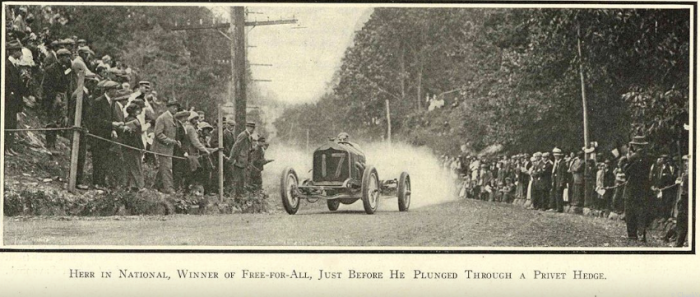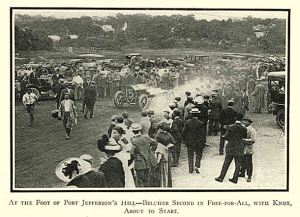The Suffolk County Volunteer Firemen’s Tournament, held in Port Jefferson on Wednesday, Sept. 11, 1901, was a bellwether event in the history of the village.
In tournaments of yesteryear, fire departments typically competed in a series of contests such as maneuvering hand-drawn equipment, laying hose, climbing ladders, and passing buckets of water.
Tournaments not only showcased the firefighting skills and physical fitness of the participants but also brought large crowds to the host village, publicizing its attractions and stimulating its economy.
Although the Port Jefferson Fire Department (PJFD) had never run a tournament and the Port Jefferson of 1901 was “terra incognita” to most Long Islanders, a committee of Port Jefferson’s residents and firefighters made such a strong case that Port Jefferson was selected as the event’s venue.
The village’s cheerleaders touted Port Jefferson as an undiscovered gem blessed with a beautiful village and harbor and easily reached by land and sea.
The event’s backers also contended that the village’s hotels and restaurants were fully prepared to entertain the throngs expected to descend on Port Jefferson and that villagers had raised earnest money to demonstrate their strong financial support of the tournament.
Port Jefferson’s champions also pointed out that the village had a straightaway on West Broadway between Jones (Main) Street and Barnum Avenue on which the contests could be run, and that nearby hydrants provided steady water pressure.
Once the PJFD received the go ahead to hold the tournament, work began on decorating downtown Port Jefferson with flags and bunting while Loper Brothers built a 2000-seat, covered grandstand along West Broadway as well as a judges’ stand.
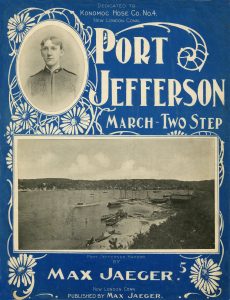
On Tournament Day, special excursion trains and steamboats brough2firefighters and their guests to Port Jefferson to enjoy the festivities, including a parade that began near Myrtle and Main and wound its way through the village.
The impressive line of march featured over 1,000 Suffolk County firemen accompanied by their respective engines, trucks and carts. The procession also included delegations from Connecticut, including the Konomoc Hose Company of New London which brought its renowned band famous for playing the rhythmic “Port Jefferson March — Two Step.”
In the afternoon following the parade, various hook and ladder, steam engine and hose contests were held, and prizes awarded. Fire departments were also honored in “Best Dressed,” “Best Equipped” and other special categories.
By all measures, the one-day tournament was a resounding success. A record 5000 people reportedly attended the event, earning Port Jefferson a reputation for its hospitality.
The tournament was extensively covered in local and metropolitan newspapers, the articles depicting the village as the “Naples of Long Island” and bringing favorable notice to Port Jefferson and its businesses.
Merchants saw dramatic increases in patronage. Liveryman John “Billy” Brown could barely keep up shuttling visitors from Port Jefferson’s railroad station to the village’s downtown.
The fledgling PJFD, only organized in 1887, demonstrated it was as capable as well-established departments, such as acclaimed Greenport, in running a large-scale event.
Most important, the tournament contributed to popularizing Port Jefferson as a vacationland, presaging its entry into the lucrative tourist market and predating the village’s storied homecomings, concerts, festivals, regattas and other crowd-drawing events by years.
Kenneth Brady has served as the Port Jefferson Village Historian and president of the Port Jefferson Conservancy, as well as on the boards of the Suffolk County Historical Society, Greater Port Jefferson Arts Council and Port Jefferson Historical Society. He is a longtime resident of Port Jefferson

